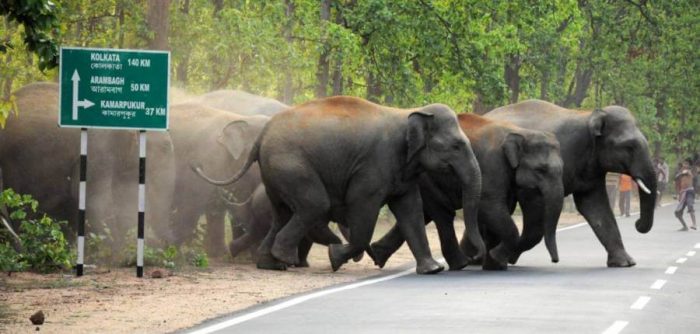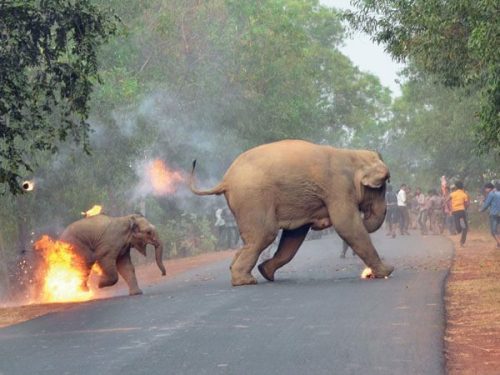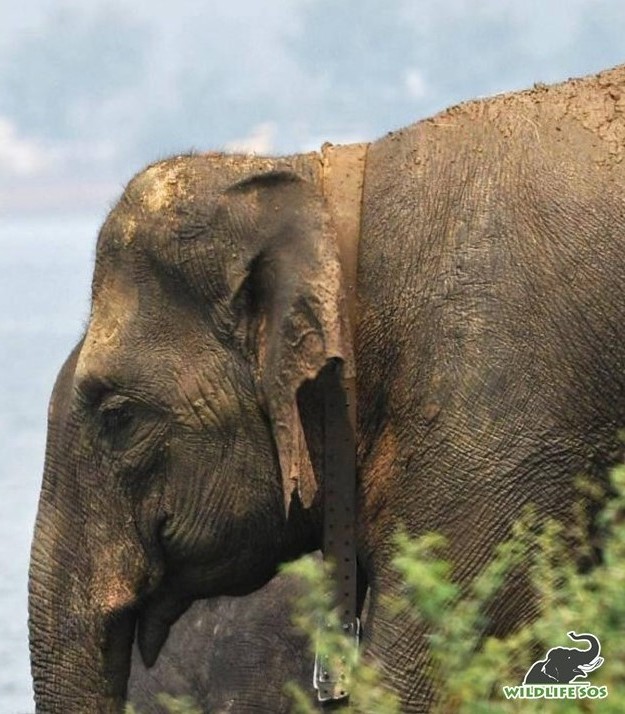Elephants, the gentle giants of the animal kingdom, possess intricate social behaviors and communication skills that allow them to navigate their environments effectively. One fascinating aspect of their behavior is their ability to avoid humans, a survival strategy that has evolved over time due to various factors. In this article, we delve into the world of elephant behavior and explore how they employ avoidance techniques to steer clear of human presence.

Elephants have a keen sense of smell, hearing, and even vibration detection through their feet. These acute senses enable them to detect human presence from a distance. Their extraordinary sense of smell allows them to pick up scents carried by the wind, identifying potential threats or unfamiliar entities. Additionally, their ability to detect vibrations in the ground helps them sense the approach of large animals, including humans.

When elephants sense human activity, their natural response is to maintain a safe distance. They often choose to move away from potential encounters, using their understanding of the landscape to find routes that keep them out of sight. Elephants are skilled at navigating through dense vegetation, using their powerful bodies to clear paths and create their own trails.

Elephants have a sophisticated communication system that involves vocalizations, body language, and even infrasound—a type of low-frequency sound that travels long distances. When elephants detect humans, they may emit low-frequency vocalizations that can signal to other elephants the presence of potential danger. These vocalizations are often below the range of human hearing, allowing them to communicate covertly.

Elephants are known for their intelligence and ability to learn from their experiences. They can recognize patterns of human behavior and adapt their movements accordingly. If an area becomes frequented by humans, elephants may modify their routines to avoid those locations during peak human activity times. This adaptive behavior showcases their remarkable ability to coexist with their surroundings.

Understanding elephant avoidance behavior is crucial for conservation efforts. As human populations expand and encroach upon elephant habitats, it’s vital to minimize disturbances and ensure the well-being of these magnificent creatures. Responsible ecotourism practices and efforts to protect their natural habitats play a significant role in maintaining a harmonious balance between humans and elephants.

In conclusion, elephants employ a combination of natural instincts, sensory perception, communication, and adaptive learning to avoid humans and potential threats. Their ability to steer clear of human presence demonstrates their resourcefulness and their commitment to maintaining their safety and the security of their herds. As we continue to appreciate the beauty and intelligence of elephants, it’s essential that we respect their behaviors and environments to ensure a sustainable future for these remarkable animals.